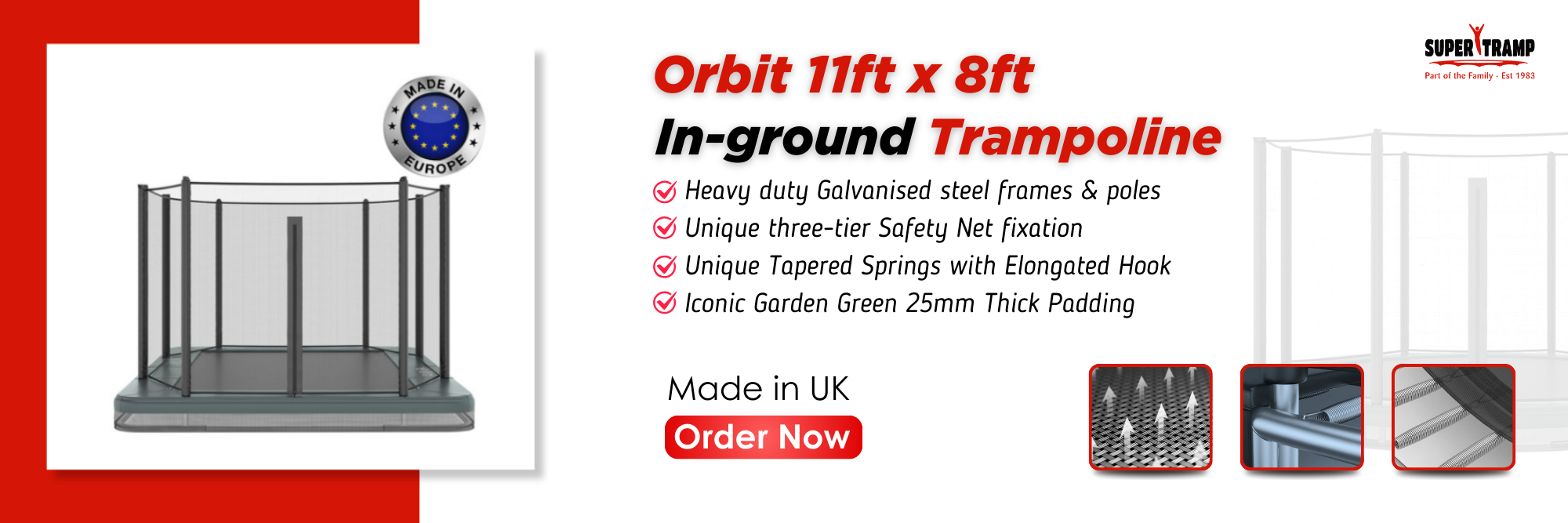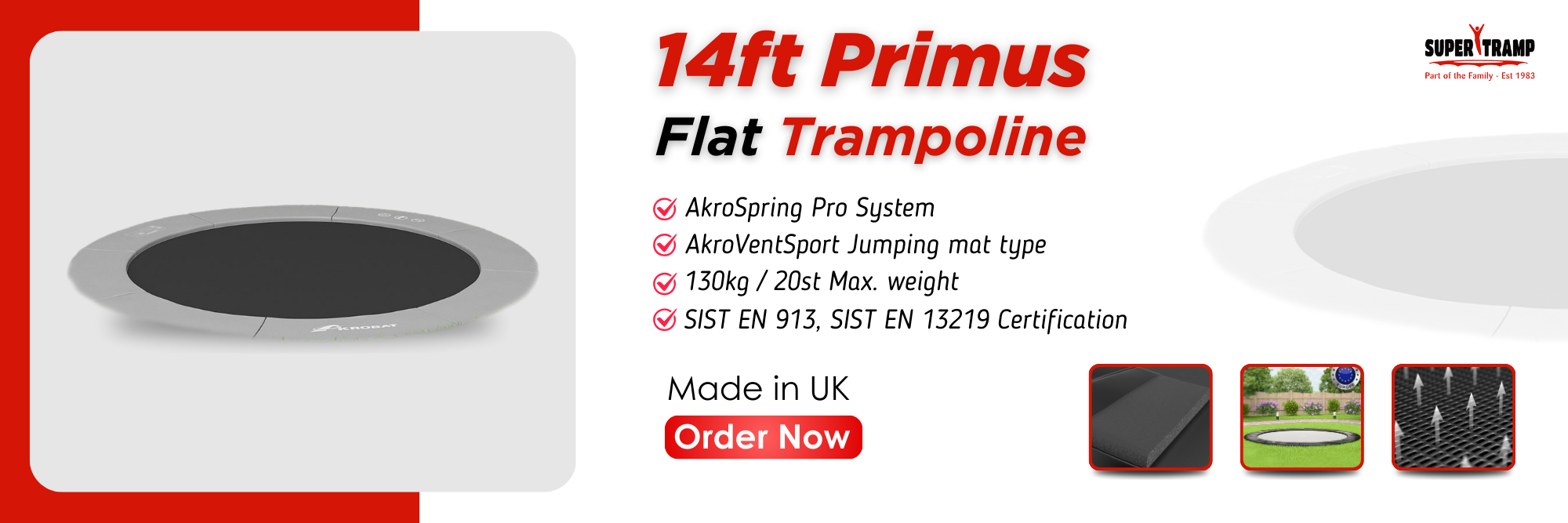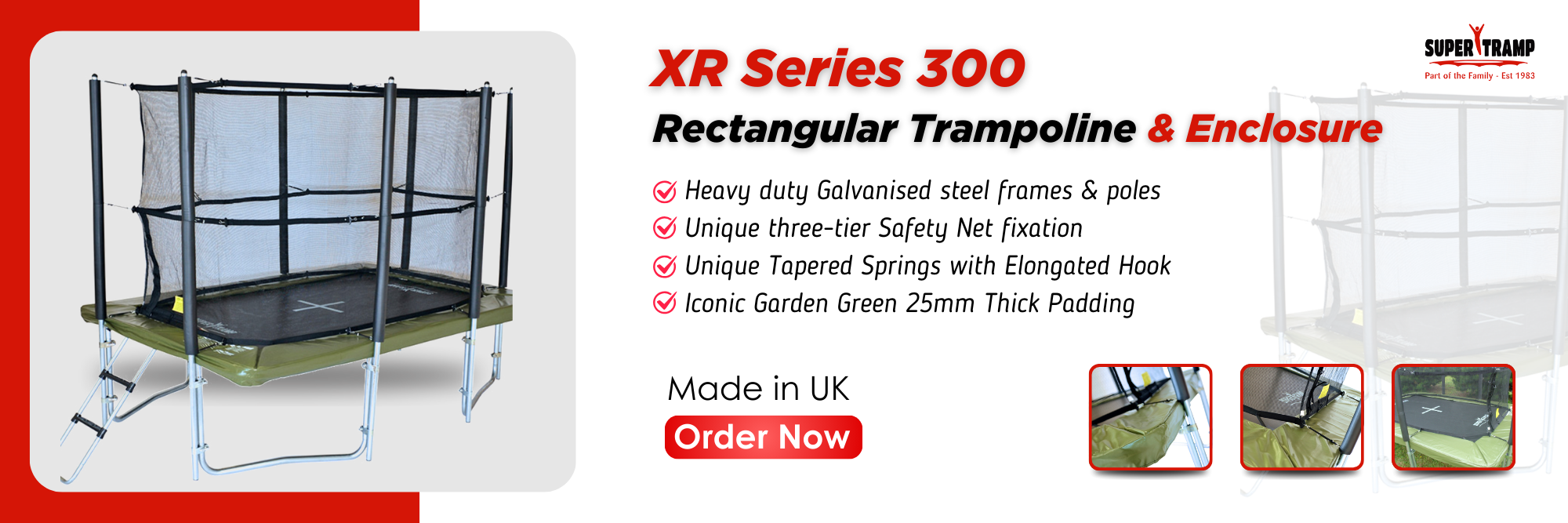Your outdoor space is just an extension of your home. Transforming a big garden into something spectacular is easier than you think with some planning and the right design ideas. One great addition is incorporating a trampoline, which will not only enhance the overall look of your garden but also serve as a captivating centerpiece that draws everyone’s attention. A well-designed garden provides an opportunity for entertainment and recreation. More importantly, it enhances your quality of life by giving you an area to unwind and de-stress.
Table of Contents
Toggle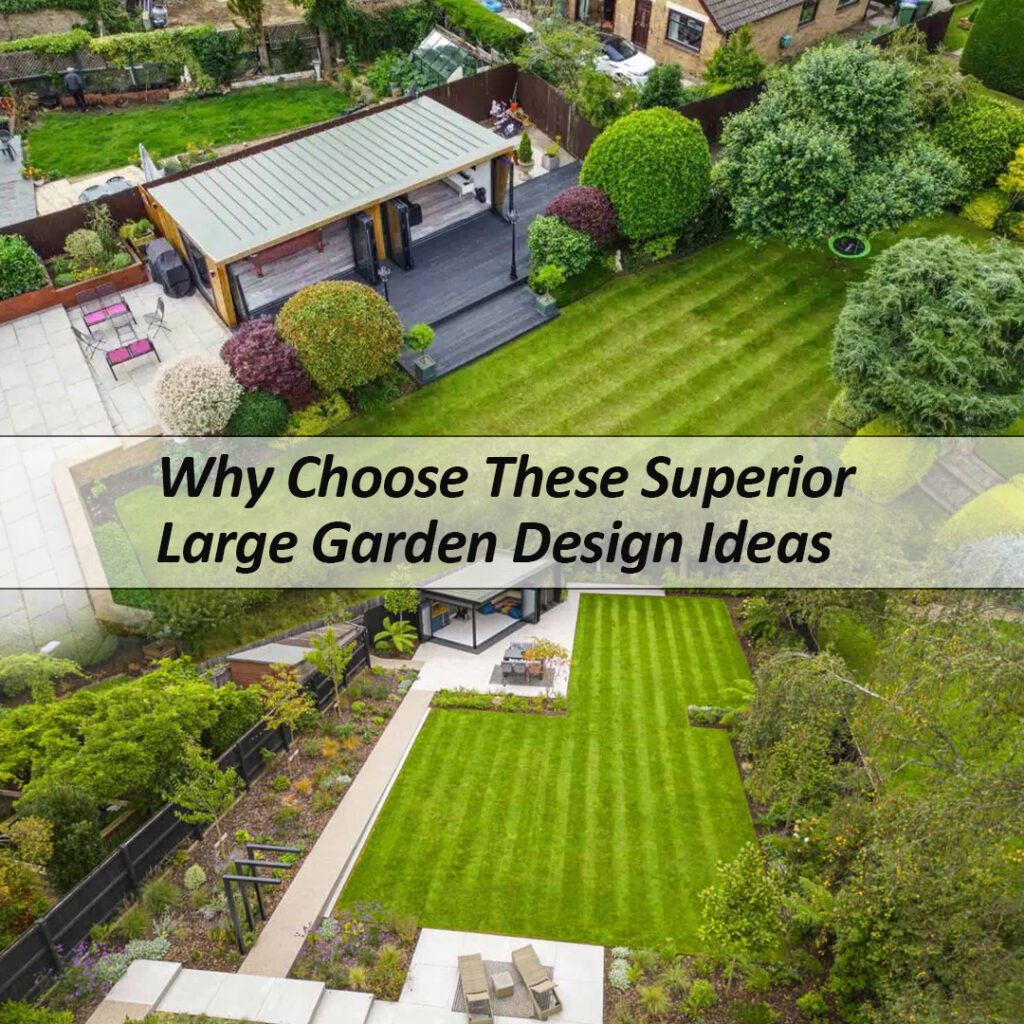
We’ll share 10 superior large garden design ideas to inspire you and help make your vision a reality. Whether you want to create separate ‘rooms’, incorporate architectural elements, or plant on a grand scale, these innovative yet practical designs will spark your imagination and motivate you to make your garden spacious.
By the end of this, you’ll be inspired and ready to dive into a garden makeover. Let’s get started!
1. Green Plants for a Calm Garden

For a tranquil ambience in your large garden, incorporate lots of lush greenery. Dense planting creates a secluded, peaceful feel and blocks out surrounding noise.
- Choose leafy bushes and shrubs like laurels, photinias and viburnums. Their dense foliage provides excellent soundproofing and privacy.
- Opt for bamboo to create natural screens. Clump-forming varieties like Phyllostachys nigra spread slowly and require little maintenance.
- Include flowering perennials such as asters, echinaceas and geraniums for pockets of colour that attract wildlife. Their petals and foliage help muffle sounds.
- Plant ornamental grasses to sway gently in the breeze. Mexican feather grass and miscanthus softly rustle rather than crackle.
In summary, green plants bring calm to your garden—think laurels, viburnums, and bamboos. Colourful flowers attract wildlife, and swaying grasses add a gentle touch. With climbers like Clematis, your garden becomes a peaceful retreat.
2. Strategic Layout and Pathways
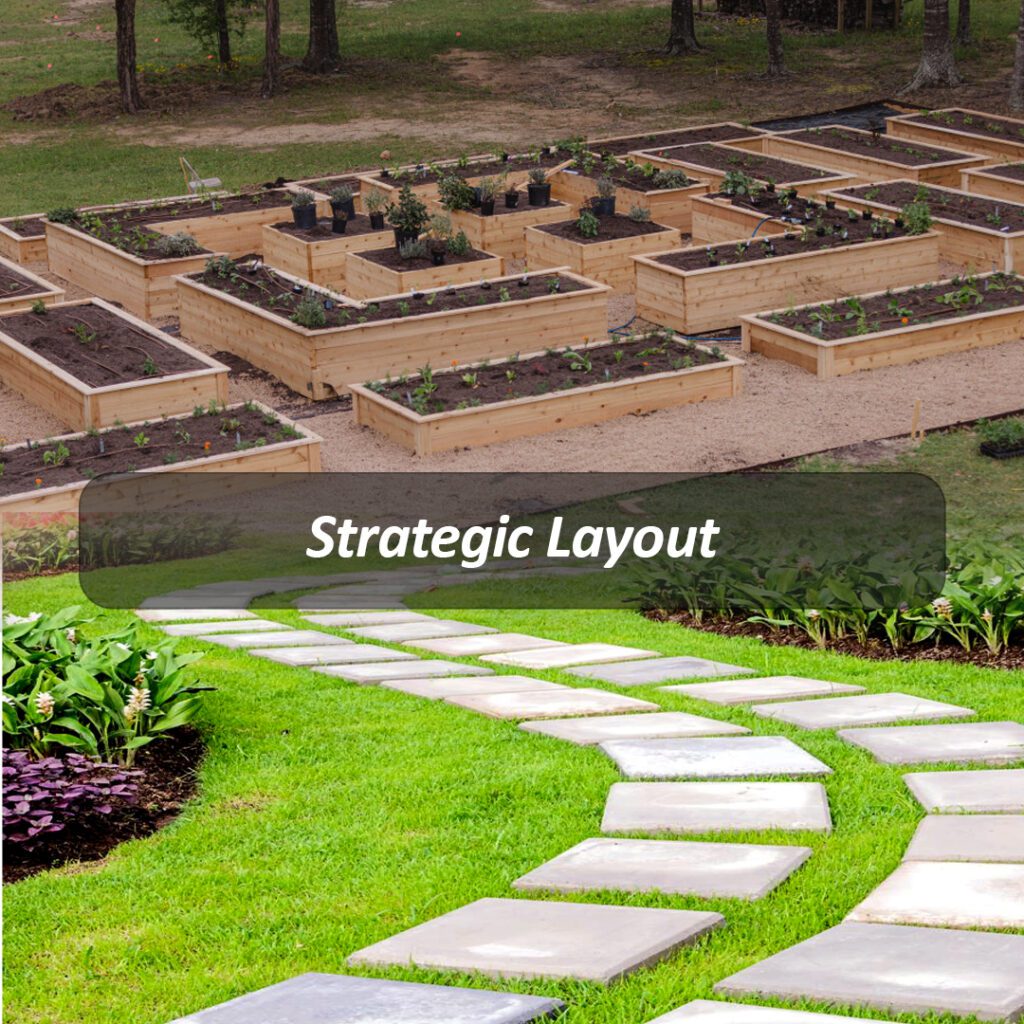
Pathways direct traffic flow and enhance your garden’s overall design. Winding paths lead visitors through your garden, revealing hidden areas. Straight paths create a formal look. For easy navigation at night, incorporate solar-powered lights or lanterns along walkways.
Consider these pathway ideas:
- Gravel or stone paths: Eco-friendly, low maintenance. Rustic charm.
- Brick or tile paths: Timeless, durable. Choose a colour that complements your garden theme.
- Wooden boardwalks: Great for wet areas. Made from weather-resistant wood like redwood or cedar.
- Stepping stones: Space stones apart in grass or ground cover for an informal look. Moss or thyme can fill gaps.
A thoughtful layout and strategic pathways turn your garden into an inviting space for relaxation and discovery. Guide visitors through your personal oasis using a mix of path types that flow together harmoniously.
3. Seating Areas for Relaxation

You have many choices when it comes to garden seating. The type of seating you choose will depend on how you intend to use the space. If you plan to entertain often, traditional options like sofas, chairs and tables are ideal. A secluded swing, hammock, or bench may appeal more for a peaceful retreat. Adding different types of seating at varying heights makes the garden more accessible and inviting for people of all abilities.
Think about views and how seating can be arranged to maximise them. Cluster seating around a focal point like a water feature or fire pit. Leave adequate space for walkways so people can easily access the entire area.
- Comfortable Benches: Place benches strategically to offer comfortable seating for relaxation.
- Outdoor Sofas or Lounge Chairs: Provide stylish and cosy seating options with outdoor sofas or lounge chairs.
- Cushions and Pillows: Enhance comfort with cushions and pillows for a more inviting and relaxed atmosphere.
With the right seating arrangement, your garden will become a welcoming retreat for your family and friends. Take time to relax surrounded by nature and enjoy the outdoor space you’ve created.
4. The Joyful Inclusion of a Trampoline in Your Garden
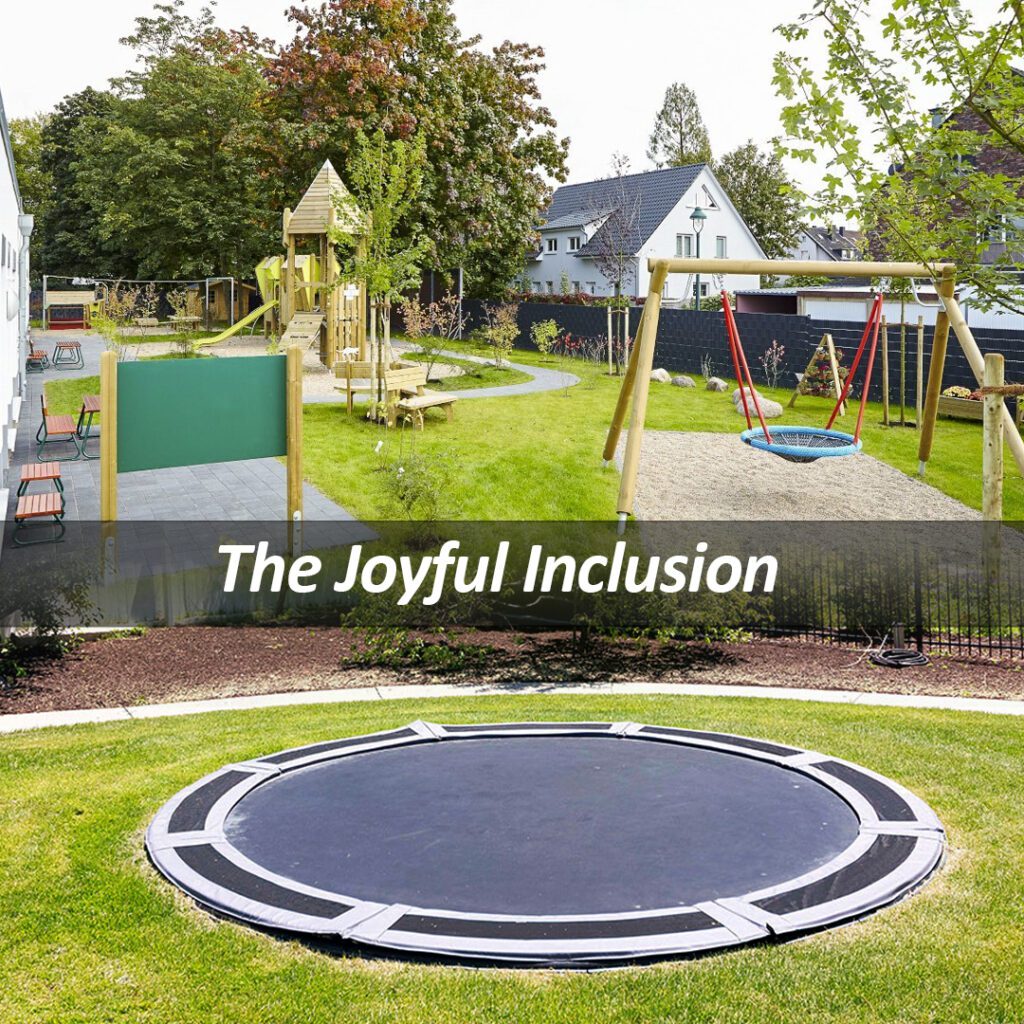
Integrating an in-ground trampoline into your garden design not only introduces an element of fun but also contributes to the overall appeal of your outdoor space. Whether aiming to create a family-friendly haven or enhance your garden’s recreational potential, a trampoline can be a fantastic addition. Here’s why:
Encourages Playful Development in Children
A trampoline serves as an exciting platform for children to engage in imaginative and active play. Jumping and bouncing contribute to the development of motor skills, coordination, and spatial awareness in a playful and enjoyable manner, making it an ideal addition for a child-friendly garden.
Versatility in Design
Trampolines come in various sizes, catering to different garden dimensions. Consider an 8ft trampoline for more compact spaces, a 10ft option for medium-sized gardens, a 12ft trampoline for ample space, and a 14ft trampoline for larger garden areas. This variety lets you choose one that perfectly fits your garden’s layout and aesthetic.
Promotes Physical Activity
Beyond the joy it brings, a round trampoline offers a unique way to engage in physical activity. Both children and adults can benefit from cardiovascular exercise, improving balance and coordination in an enjoyable manner.
Scenic Integration
Strategically placing the rectangle trampoline amidst your garden’s greenery can create a captivating scenic integration. Whether nestled among flower beds or surrounded by lush foliage, it adds visual interest to the landscape.
Social Hub for Gatherings
The trampoline can become a social hub during gatherings, providing an alternative space for conversations and shared moments. It creates an interactive environment that goes beyond its recreational benefits.
In conclusion, including a trampoline in your garden design offers a blend of recreation, aesthetics, and social engagement. The versatility of trampoline designs makes it a valuable addition for all ages, transforming your outdoor space into a vibrant and inviting haven.
5. Water Features for a Calming Ambience
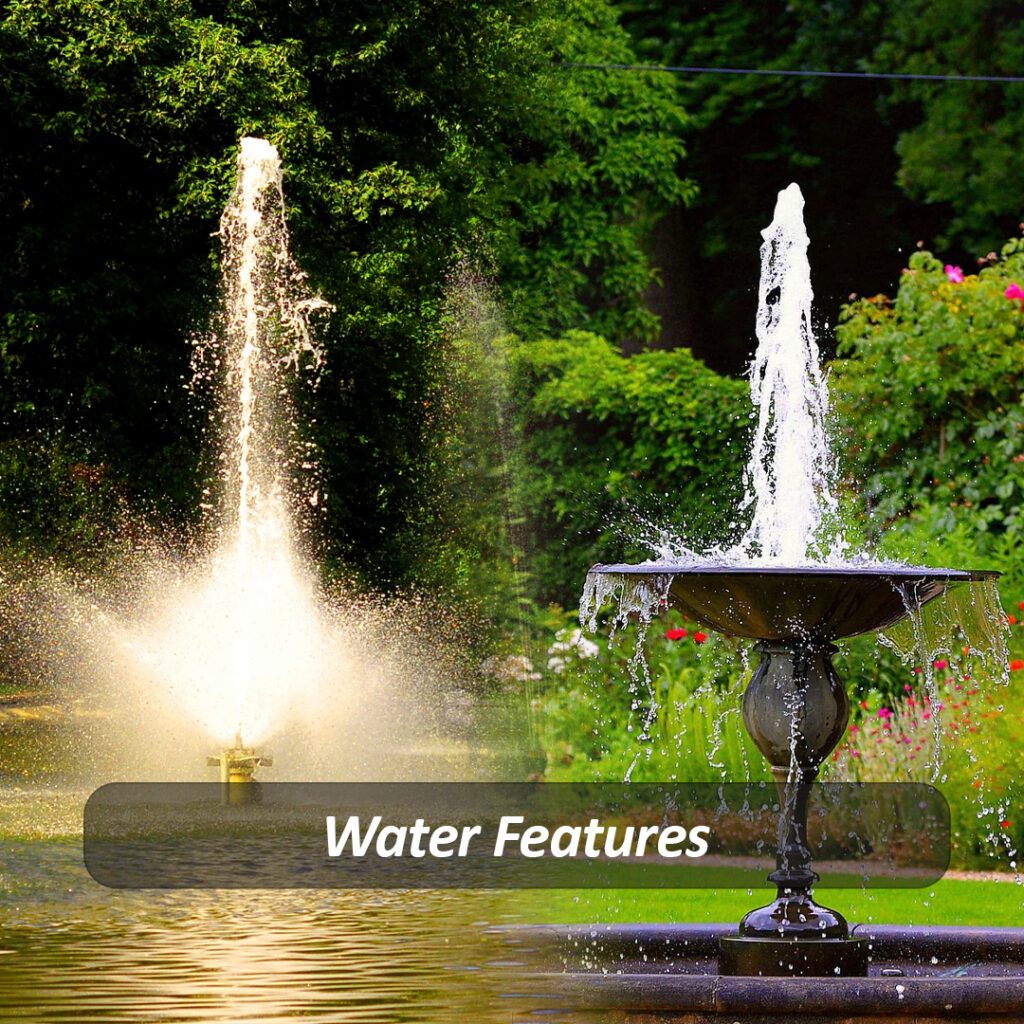
Water features like fountains and ponds create a calming ambience in any garden. The soothing sounds of trickling water help mask unwanted noises outside the garden.
Water Features Suited to Your Garden
You can incorporate water features into gardens of all sizes. For smaller spaces, consider a tabletop fountain or wall-mounted waterfall. More extensive gardens are perfect for ponds, streams or tiered fountains. The key is to choose a water feature proportional to your garden’s scale. Keep pathways open to fully appreciate the relaxing effects as you stroll through the garden.
Maintaining Water Features with Ease
Many water features are relatively easy to care for. Self-contained fountains only require periodic cleaning and refilling. Choose plants and fish suitable for your local climate for ponds to minimise maintenance. Check pumps and filters regularly and perform water changes when needed. While water features require some basic upkeep, the soothing rewards make it worthwhile.
The calming sounds of flowing water create an ambience of peace that nourishes the soul. Whether large or small, adding a fountain or pond can make all the difference.
6. Outdoor Lighting for Ambiance

Consider adding lighting fixtures to your large garden to create a welcoming outdoor space once the sun goes down. Path lights, spotlights and string lights are all great options for ambient lighting.
Path lights along walkways will illuminate the way for guests while casting a warm glow. Solar-powered path lights are an easy, eco-friendly choice. Spotlights can highlight architectural features of your garden, like trees, planters or seating areas. Aim spotlights at the base of trees to create dramatic shadows.
- Fairy Lights or String Lights: Hang these lights around your outdoor space for a magical and charming feel.
- Solar Lanterns: Light up paths or garden spots with solar-powered lanterns – they’re good for the environment and save energy.
- Bright Lights for Special Spots: Shine a light on essential things like sculptures, plants, or water features to make them stand out.
- Garden Wall Lights: Stick lights on walls or fences for a relaxed and helpful lighting idea.
Keep the lighting on timers to avoid wasting energy, and be mindful of any local regulations regarding outdoor lighting. Adding outdoor lighting to your garden lets you enjoy your outdoor space day or night.
7. Vertical Gardening for Space Optimisation

Vertical planters, trellises, and garden walls allow you to grow plants upwards rather than outwards.
Popular vertical gardening options include:
- Trellises for vining plants like beans, peas, and cucumbers. Use stakes and netting or a wooden frame to support the plants’ climb.
- Planters, living or green walls can be attached to fences, exterior walls, or railing.
- Hanging baskets for plants like strawberries, herbs, and trailing flowers. Attach to eaves, porches, or railing.
You can transform a small space into a highly productive garden using these vertical gardening techniques.
8. Colourful Blooms for Vibrancy
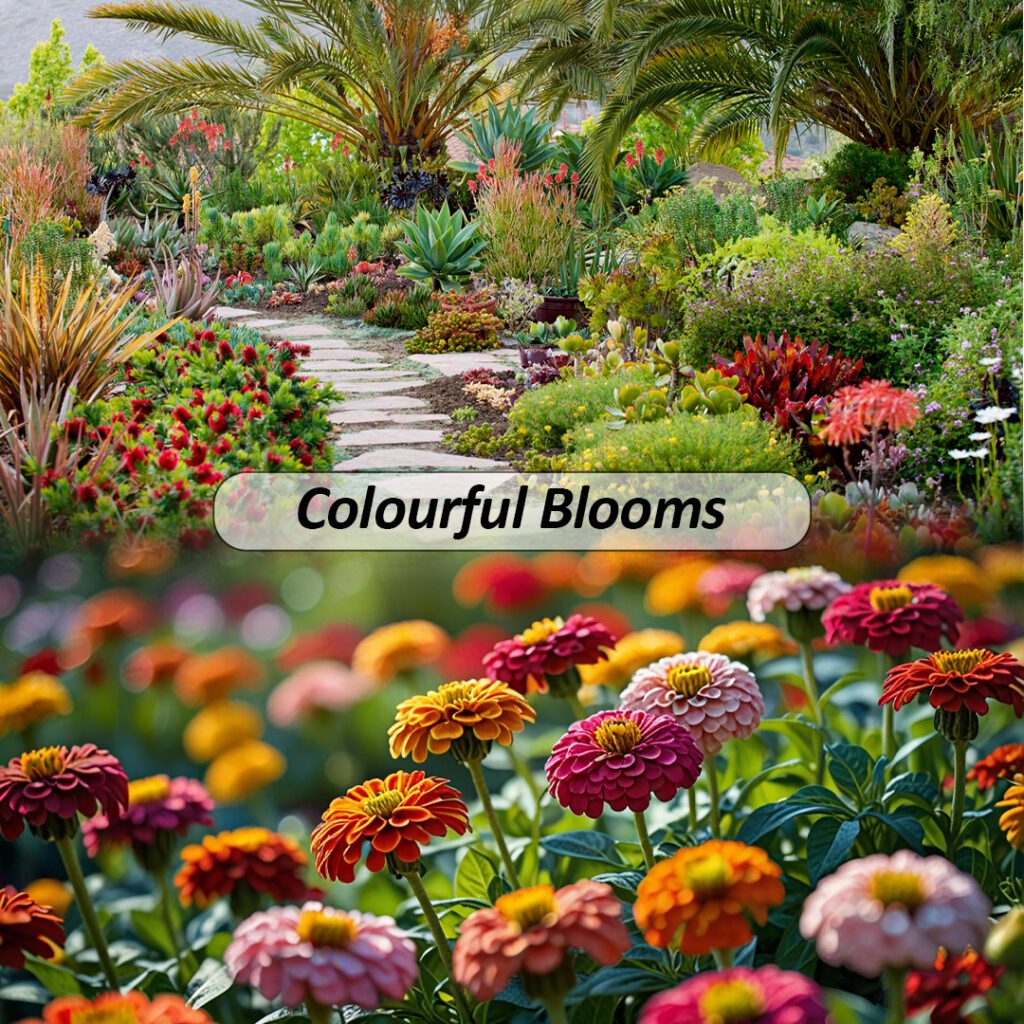
Add splashes of colour with seasonal flowers like petunias, marigolds or geraniums. Their bright hues will make your garden pop and attract pollinators like bees, birds and butterflies.
Plant tulips, daffodils or hyacinths in the spring for a vibrant display. Come summer, opt for sunflowers, zinnias, snapdragons or lobelias. As autumn approaches, asters, rudbeckias and chrysanthemums offer warm tones before the first frost.
- Seasonal Blooms: Plant flowers that bloom at different times of the year for a continual burst of colour.
- Perennial Flower Beds: Create beds with perennial flowers such as asters and geraniums that return yearly.
- Hanging Baskets: Introduce pops of colour at different heights with hanging baskets filled with vibrant blooms.
Remember foliage plants with colourful leaves like coleus, heucheras or sedums to provide interest from spring through fall. They pair beautifully with bright blooms.
A colourful garden filled with flowers and foliage is a delight for all the senses.
9. Functional Garden Furniture
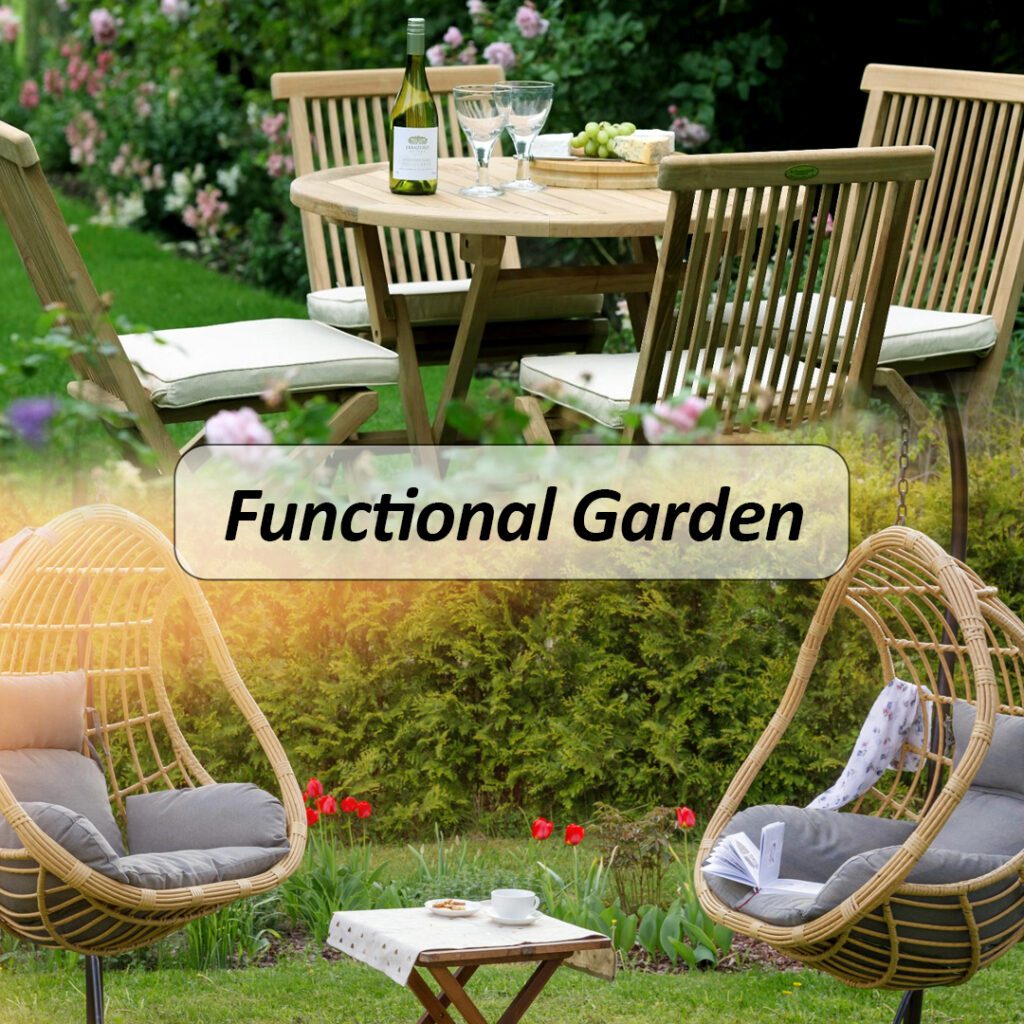
Functional yet stylish garden furniture is vital for creating an inviting outdoor space. Choose weather-resistant pieces. Look for all-weather wicker, teak, aluminium or steel furniture that can withstand rain, sun and temperature changes. Plastic and resin are affordable, low-maintenance options.
Avoid natural wicker or wood that isn’t treated, as these won’t last long outside. Sealed or painted wood is better, but metal or synthetic furniture will give you the most durability for your money.
- Comfortable Seating: Choose chairs and sofas with cushions for a comfortable and welcoming outdoor seating experience.
- Foldable or Stackable Furniture: Consider space-saving options such as foldable or stackable chairs and tables for easy storage.
- Storage Solutions: Opt for furniture with built-in storage or add storage boxes to keep cushions and other accessories safe when not in use.
An umbrella or gazebo provides shade and shelter to enjoy your garden, even on sunny or rainy days. Create zones for different activities by arranging furniture into seating areas, perfect for reading, chatting, or just enjoying the view.
With the right weather-resistant and functional furniture, your garden can become another living space for much of the year. Take time selecting pieces you love—they’ll become a garden highlight for future seasons!
10. Wildlife-friendly Design

To attract birds, butterflies and other local wildlife to your garden, provide features they need.
Leave part of your garden a bit wild with areas of long grass, brush, wood piles or compost heaps. These make great nesting spots and shelters for wildlife.
- Bird Feeders: Hang bird feeders with seeds or nectar to entice various bird species to your garden.
- Insect-Friendly Plants: Select plants that attract insects, providing a food source for birds and other wildlife.
- Natural Water Sources: Create water features like bird baths for small ponds to provide a water source for birds and insects.
- Avoid Pesticides: Minimise the use of pesticides to maintain a healthy environment for wildlife.
- Nesting Boxes: Install bird nesting boxes to encourage nesting and breeding in your garden.
Making your garden wildlife-friendly benefits the environment and allows you to enjoy nature outside your door. You’ll attract feathered and furry visitors with some simple additions in no time.
Conclusion
So there you have: 10 inspiring large garden design ideas to completely transform your outdoor space. Whether you want to create separate areas for entertaining, playing, or growing your produce, the possibilities are endless if you have the space. All it takes is a bit of vision and planning. Get out there and make the most of your garden this summer – you’ll be so glad you did. Your friends and family will love spending time in your new outdoor oasis, and you’ll enjoy many peaceful moments reconnecting with nature.
FAQ's
How can I choose the right plant for my garden?
Select plants based on your garden’s sunlight, soil type, and climate. Consider their mature size, maintenance requirements, and compatibility with neighbouring plants for a well-balanced and thriving garden.
What is the best path for a sloping garden?
Opt for meandering paths along the slope, using terracing or steps to create gradual elevation changes. Choose durable materials like gravel or flagstone for stability.
Should you cover garden furniture every night?
While not necessary every night, covering garden furniture during inclement weather or when not in use helps protect it from the elements, prolonging its lifespan. Invest in quality covers and store cushions indoors to maintain their condition.
Do trampolines come in different sizes?
Yes, trampolines come in various sizes to suit different spaces and preferences. Standard diameters for home use range from 8 to 14 feet. Choose a size that fits your garden space and consider safety features like enclosures.
Where should I put my fountain in my garden?
Place a water feature like fountain where that complements your garden’s overall design. Consider focal points, like near a seating area or along a garden path. Ensure a balanced layout and easy access to water and power sources for maintenance.


